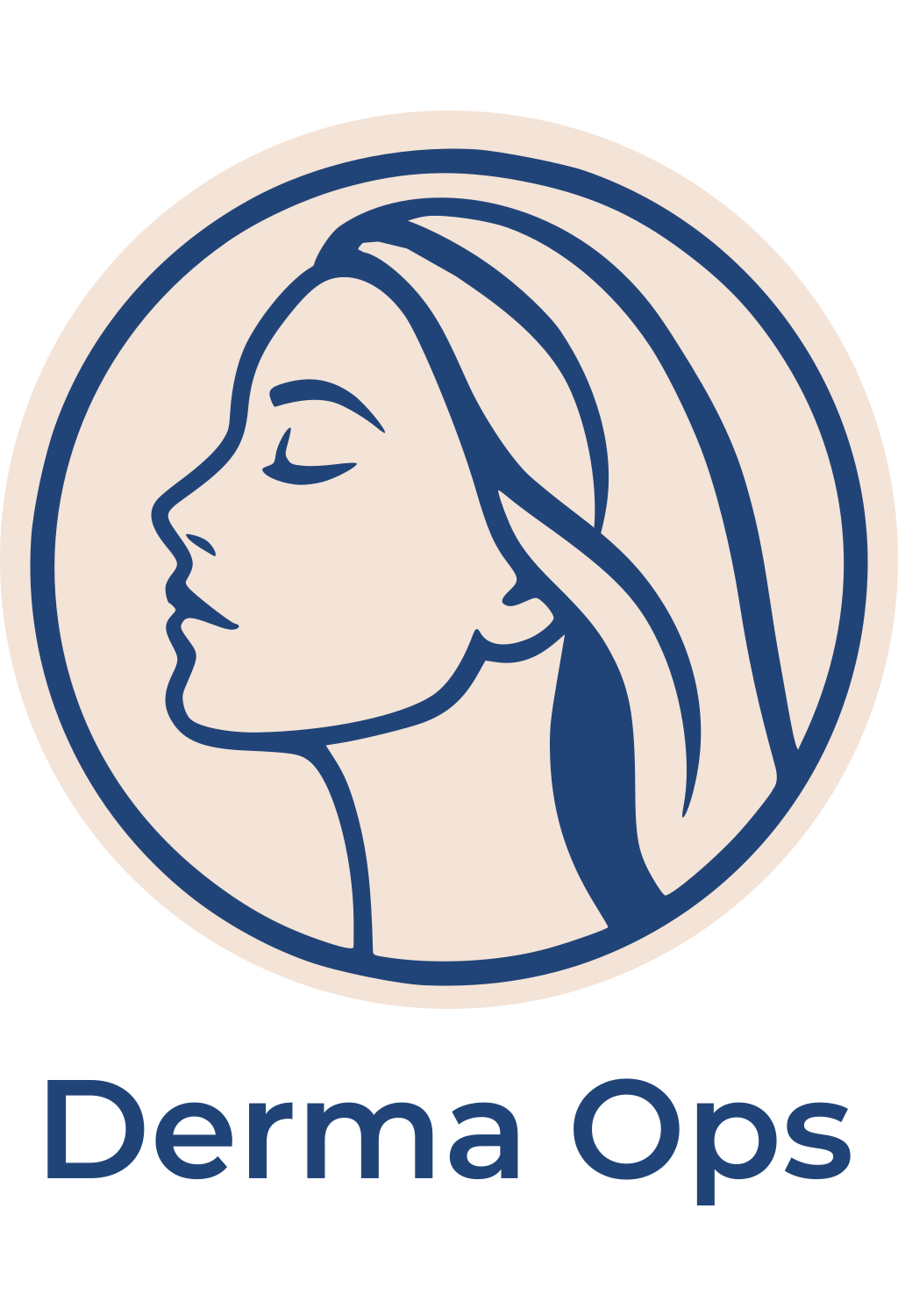Why Every Modern Dermatologist Needs a Specialized EMR Software, Not a Generic One
The Morning Chaos That Changed Everything
Dr. Mehta’s dermatology clinic was drowning in paperwork. A patient arrived for their third-month acne follow-up, but locating their before-and-after photos meant rifling through three different folders while the patient waited awkwardly. The prescription from two months ago?, the patient forgot to bring his file. Dr Mehta usually have a copy, but it is perhaps buried somewhere in a filing cabinet. The treatment notes describing the exact concentration of the prescribed retinoid? Written on a sticky note that had vanished. This wasn’t just inefficiency—it was affecting patient care quality and eating into consultation time that could be spent on actual treatment.
Like Dr. Mehta, thousands of dermatologists across the globe face a critical challenge: their practice workflows are fundamentally different from general medicine, yet they’re forced to use generic electronic medical records systems designed for primary care physicians. Enter DermaOps, a specialized dermatology EMR that understands the unique demands of skin care professionals. When your specialty revolves around visual documentation, treatment protocols spanning months, and precise formulation tracking, a one-size-fits-all solution simply doesn’t cut it.
Understanding the Dermatology Difference
Dermatology practices operate on entirely different principles than general medical practices. A cardiologist might need extensive lab integration and cardiac monitoring tools. An orthopedist requires detailed imaging analysis and surgical planning modules. But dermatologists? They need something else entirely.
The Visual Documentation Challenge
In dermatology and skin treatment specialization, visual evidence isn’t optional—it’s essential. Before-and-after photographs form the cornerstone of treatment assessment. Whether tracking melasma improvement, monitoring mole changes, or documenting laser therapy results, dermatologists capture dozens of clinical photographs weekly. Generic EMR systems treat images as afterthoughts, making storage cumbersome and comparison nearly impossible. A specialized dermatology EMR understands that photos aren’t just attachments; they’re clinical data requiring systematic organization, easy retrieval, and side-by-side comparison capabilities.
The Prescription Complexity Problem
Dermatological prescriptions are notoriously detailed. A simple “antibiotic cream” doesn’t suffice. Dermatologists prescribe tretinoin 0.025% cream, specify exact application methods, detail sun protection requirements, and create customized compound formulations. They prescribe treatments for face, body, and scalp—often different medications for different areas simultaneously. Generic EMRs force dermatologists to type these complex instructions repeatedly, wasting precious consultation time on documentation rather than patient interaction.
The Hidden Costs of Generic Systems
Time is a dermatologist’s most valuable asset. The average dermatology consultation lasts 15-20 minutes, during which practitioners must examine skin conditions, explain treatment options, document findings, capture photographs, and draft detailed prescriptions. Generic EMR systems add 5-7 minutes to this process through inefficient workflows designed for general practice patterns.
Consider the mathematics: A dermatologist seeing 25 patients daily wastes approximately 125-175 minutes on EMR inefficiencies. That’s nearly three hours—time that could accommodate 9-12 additional patient consultations. Over a year, this inefficiency represents roughly 2,250-3,000 lost appointment slots. For a practice charging ₹800-1,500 per consultation, that’s potential annual revenue loss of ₹18-45 lakhs simply due to software inadequacy.
Beyond direct time loss, generic systems create indirect costs. Staff members spend additional hours managing workarounds, patients experience longer wait times leading to satisfaction drops, and dermatologists face increased burnout from administrative friction. The real cost isn’t just the subscription fee—it’s the operational inefficiency compounding daily.
What Makes DermaOps Different
Specialized dermatology EMR software transforms these pain points into streamlined workflows. Patient management systems designed for dermatology track not just basic demographics but skin types, previous reactions, treatment histories, and photographic documentation timelines. Appointment scheduling accommodates procedure-specific time blocks—a mole check requires different duration than a chemical peel session.
Medicine management becomes intuitive when the system understands dermatological formulations. Instead of typing “Tretinoin 0.025% cream, apply pea-sized amount to face at night, avoid sun exposure, use SPF 50+ daily,” dermatologists using specialized systems select from customizable templates, modify as needed, and generate prescriptions in seconds rather than minutes.
The integration of patient photos and documents within the clinical workflow—not as separate modules—means before-after comparisons happen with two clicks instead of folder excavations. Billing systems understand dermatological procedure codes, cosmetic versus medical treatment distinctions, and common service packages offered by skin care practices.
The ROI Reality
Implementing a specialized dermatology EMR delivers measurable returns within months. Practices report 40-50% reduction in documentation time per patient. This efficiency translates directly to either seeing more patients or reducing working hours while maintaining revenue—both attractive propositions.
Staff productivity increases significantly when software aligns with actual workflows rather than forcing workarounds. Reception teams schedule appointments faster, nurses prepare treatment rooms more efficiently with readily accessible patient histories, and billing becomes automated rather than manual.
Patient satisfaction scores typically rise 15-20% post-implementation as wait times decrease, consultations feel more attentive, and communication improves through automated follow-up capabilities built into modern dermatology-specific platforms.
Conclusion: The Competitive Imperative
Modern dermatology demands modern solutions. As patient expectations rise and competition intensifies, operational efficiency separates thriving practices from struggling ones. Generic EMR systems might fulfill basic regulatory requirements, but they handicap dermatologists with workflows designed for entirely different medical specialties.
Specialized dermatology EMR solutions like DermaOps recognize that skin treatment specialization requires purpose-built tools. From comprehensive photo archiving to rapid prescription generation, from appointment scheduling that accommodates varied procedure types to billing systems understanding cosmetic versus medical coding—every feature serves dermatological practice realities.
The question isn’t whether to adopt EMR technology—that ship has sailed. The question is whether to continue fighting against software designed for someone else’s specialty or embrace tools built specifically for dermatology’s unique demands.
Frequently Asked Questions
Q: Can a specialized dermatology EMR integrate with my existing practice management software?
A: Most modern dermatology EMR systems, including DermaOps, offer integration capabilities with popular practice management platforms. The software can sync patient demographics, appointment data, and billing information while maintaining specialized dermatological features within its own environment.
Q: How long does it typically take to transition from a generic EMR to a specialized dermatology system?
A: Most practices complete the transition within 2-4 weeks. This includes data migration, staff training, and workflow adjustment. The initial productivity dip during transition is typically recovered within the first month through improved efficiency.
Q: Will my patient photographs remain secure in a specialized system?
A: Reputable dermatology EMR solutions maintain stringent security standards, including encrypted storage, secure cloud backup options, and compliance with medical data protection regulations. DermaOps specifically offers data backup to your own Firebase cloud, giving you complete control over sensitive patient images.
Q: Do specialized dermatology EMRs work offline, or do they require constant internet connectivity?
A: Quality systems like DermaOps offer offline functionality with optional data syncing. This ensures uninterrupted practice operations even during internet outages, with automatic synchronization when connectivity resumes.
Q: What’s the learning curve for staff members unfamiliar with dermatology-specific EMR systems?
A: Because specialized systems align with existing dermatological workflows rather than forcing new patterns, staff typically adapt faster than with generic EMRs. Most team members become proficient within 3-5 days of regular use, compared to weeks required for complex generic systems.
Ready to transform your dermatology practice efficiency? Discover how DermaOps can streamline your workflows, save valuable time, and enhance patient care. Contact dermaops.com to schedule a personalized demonstration.

